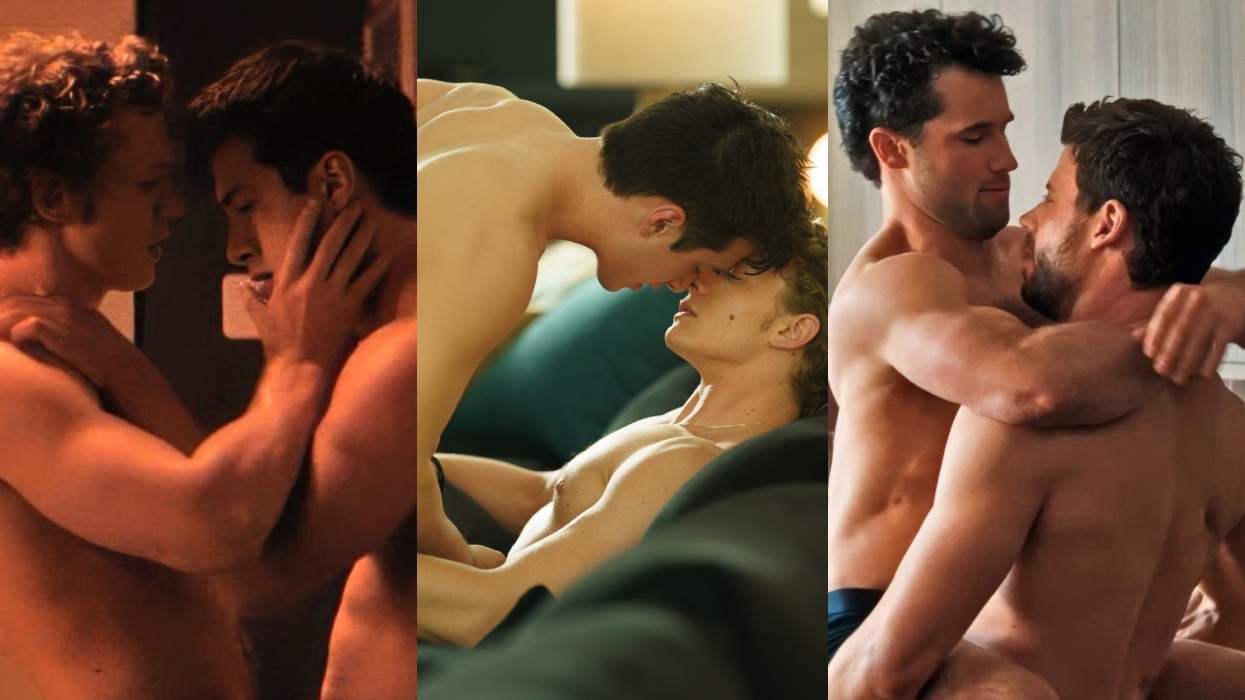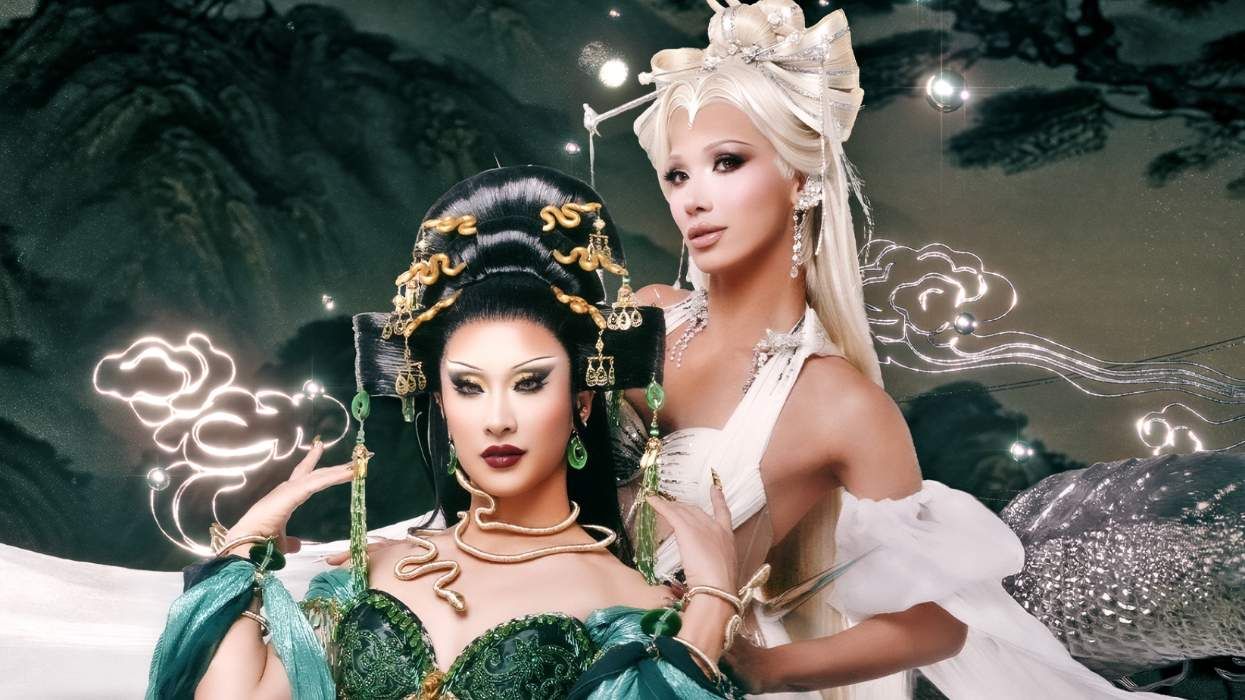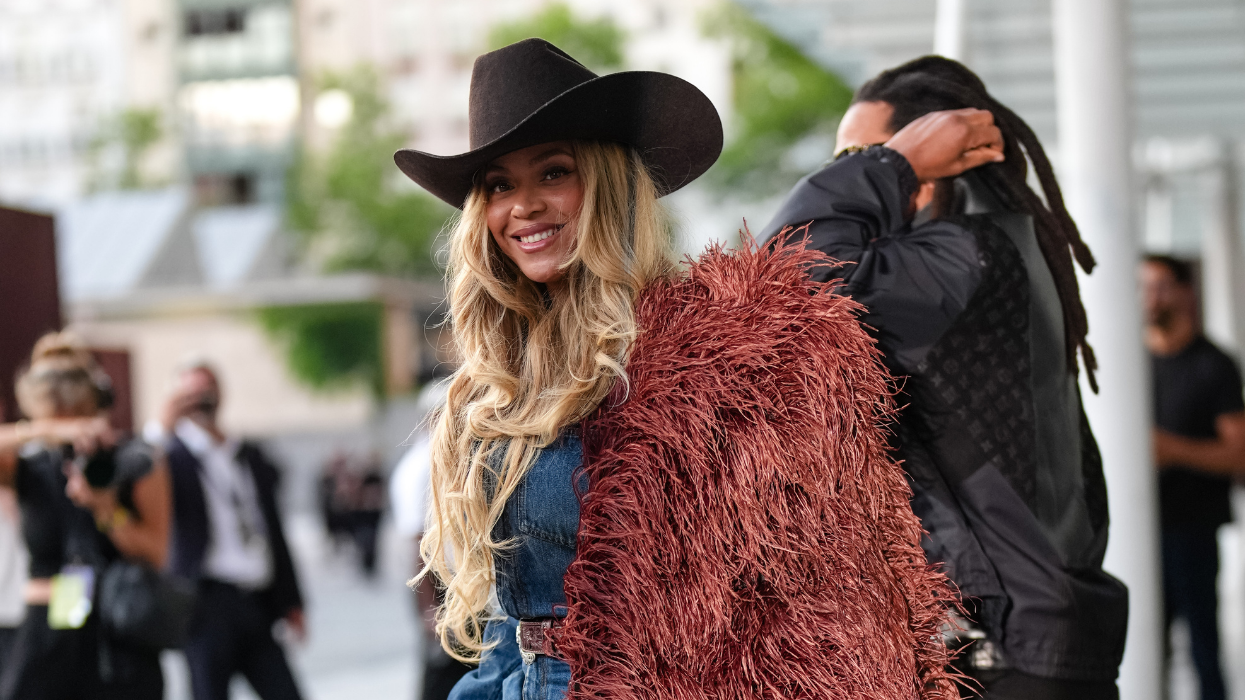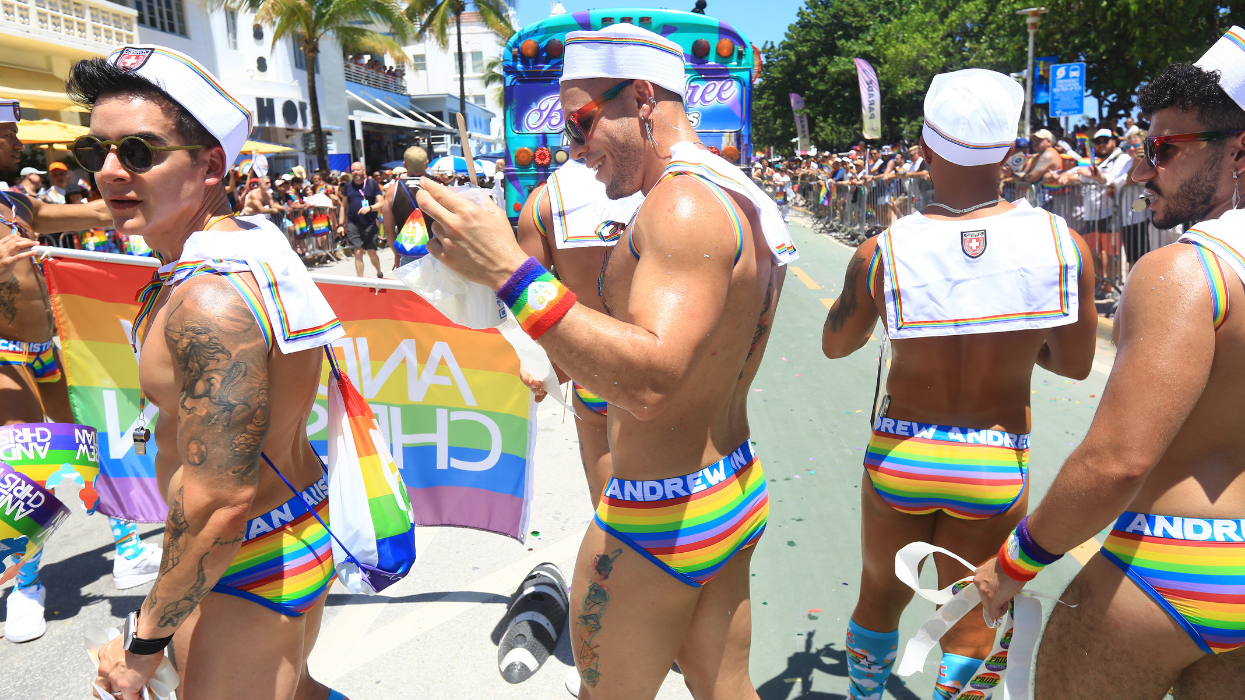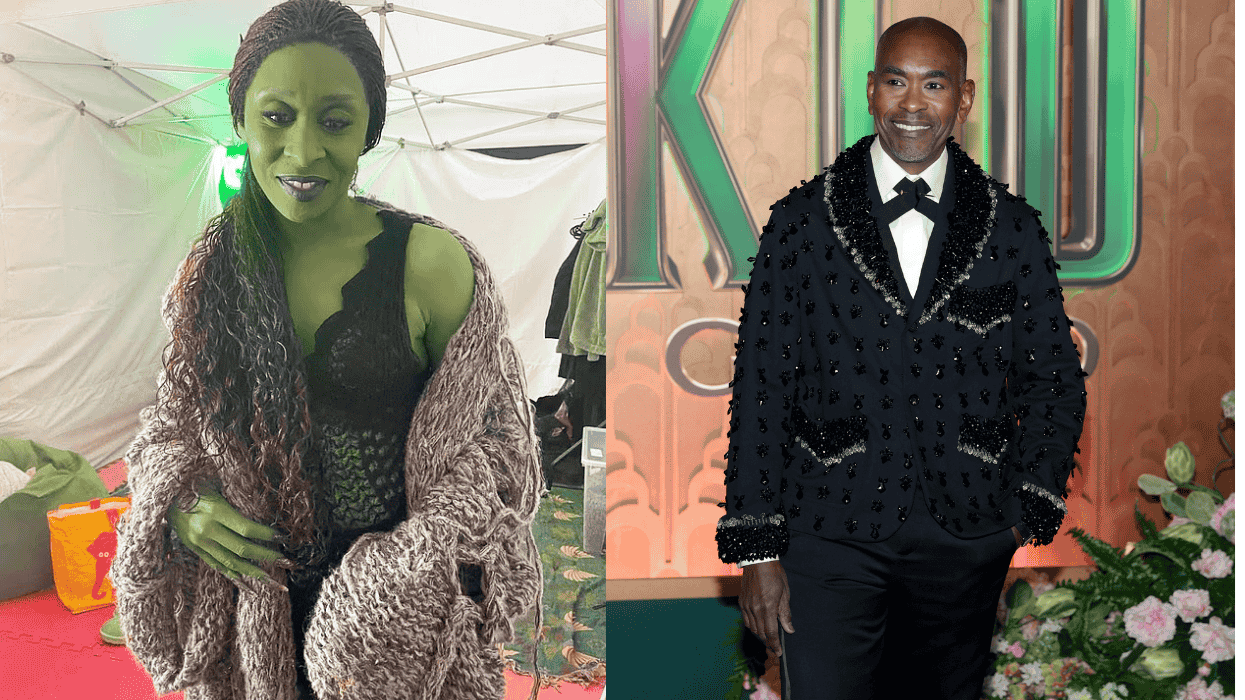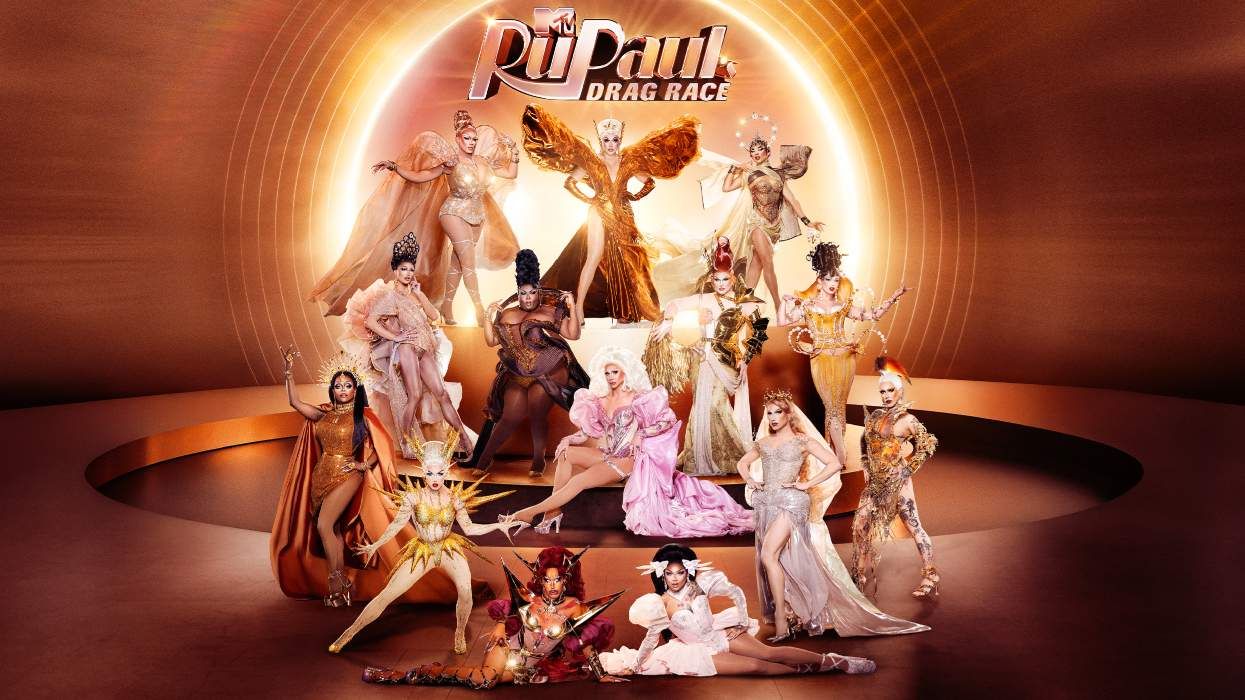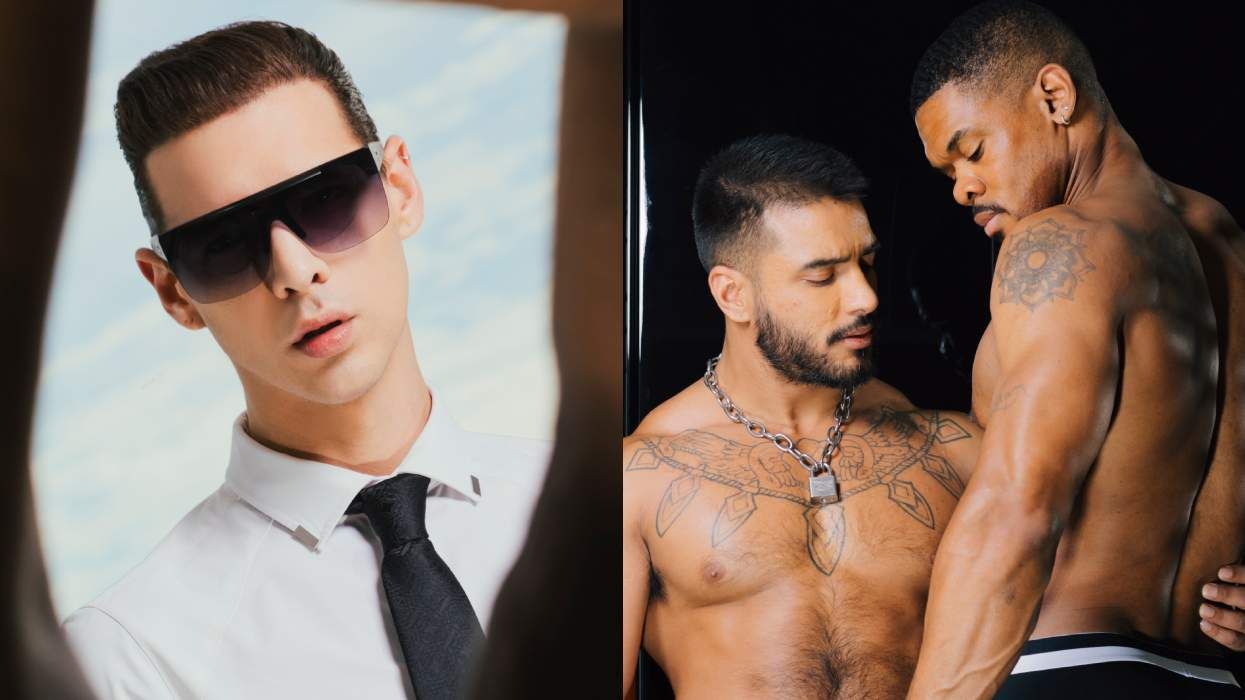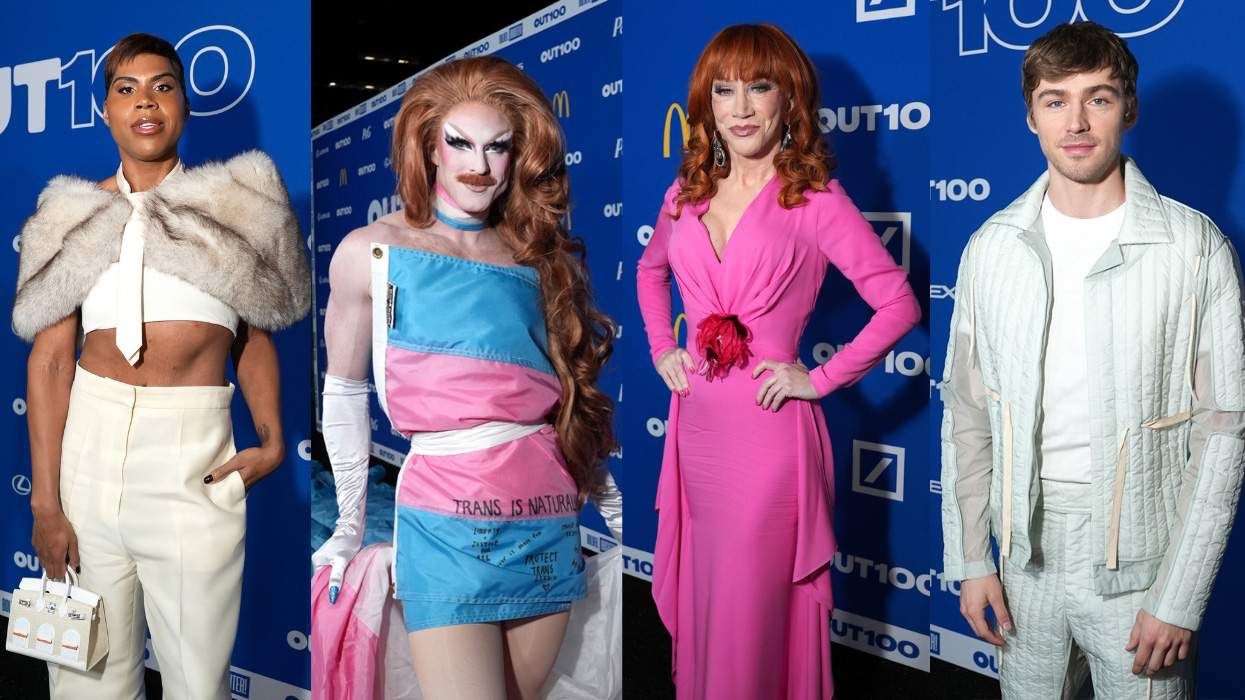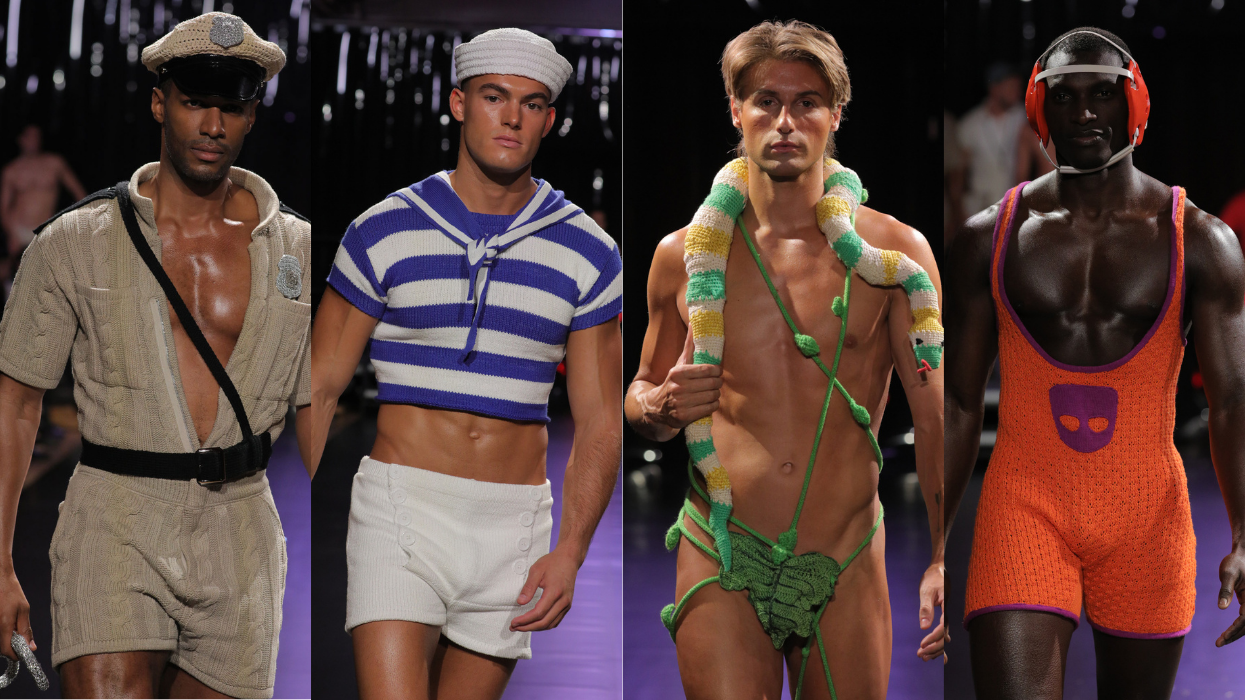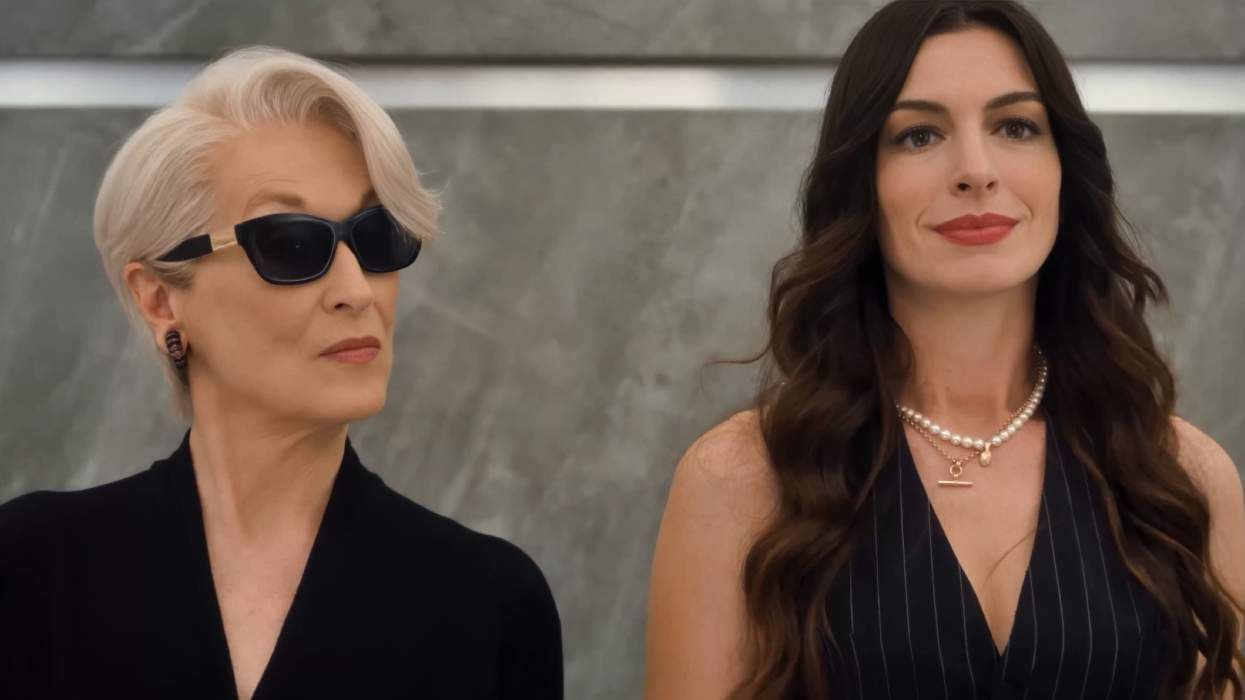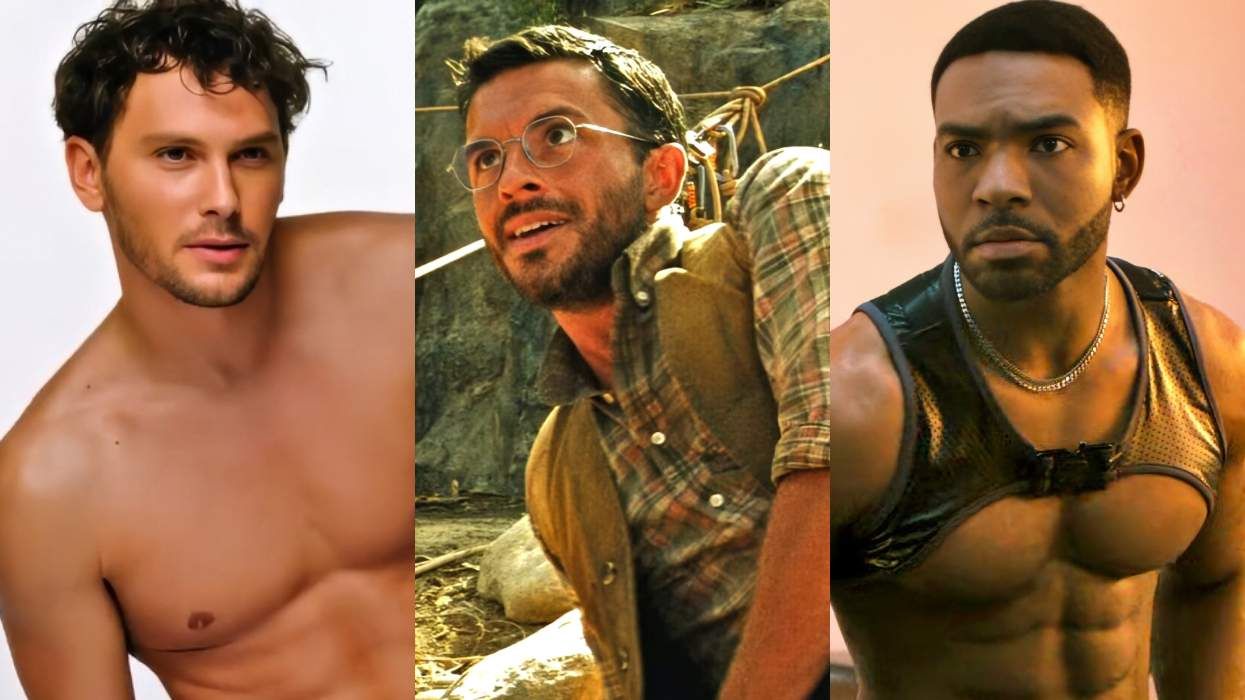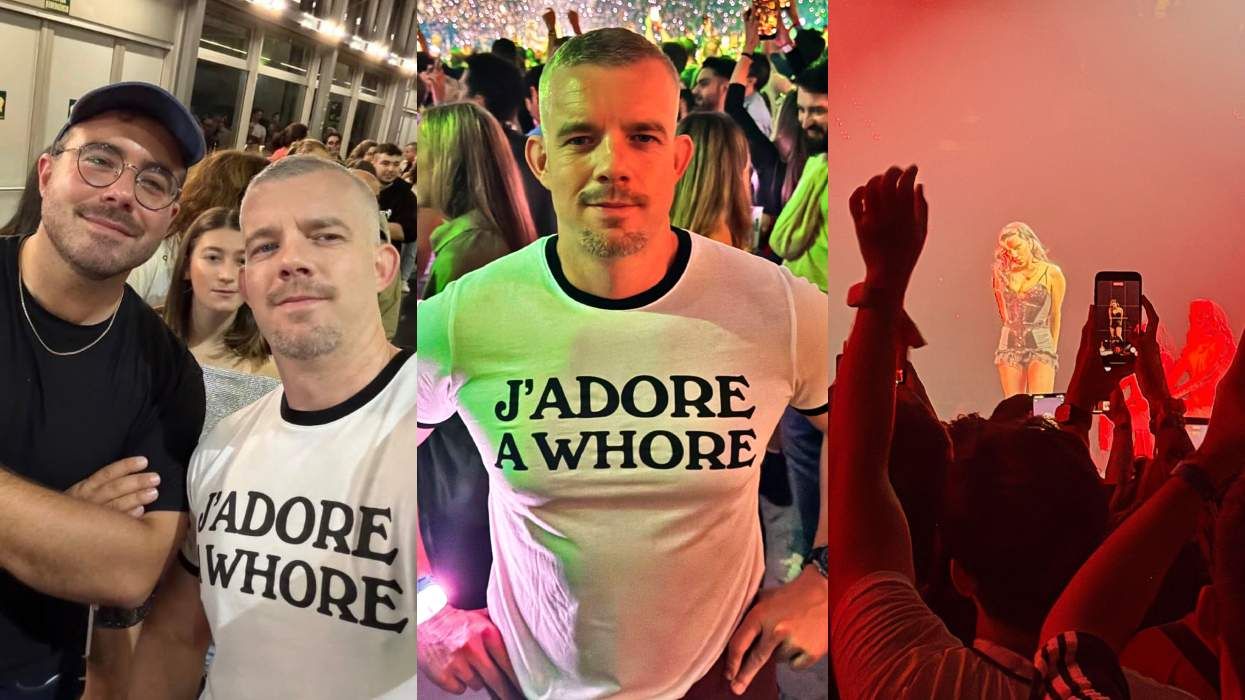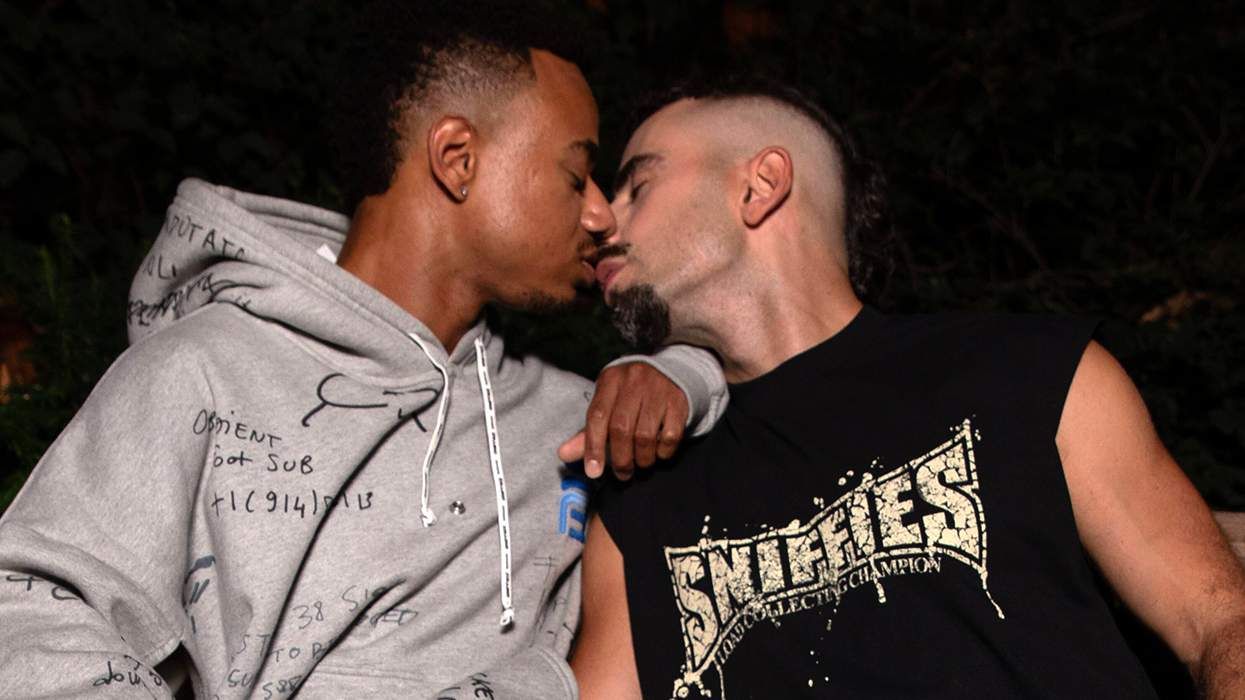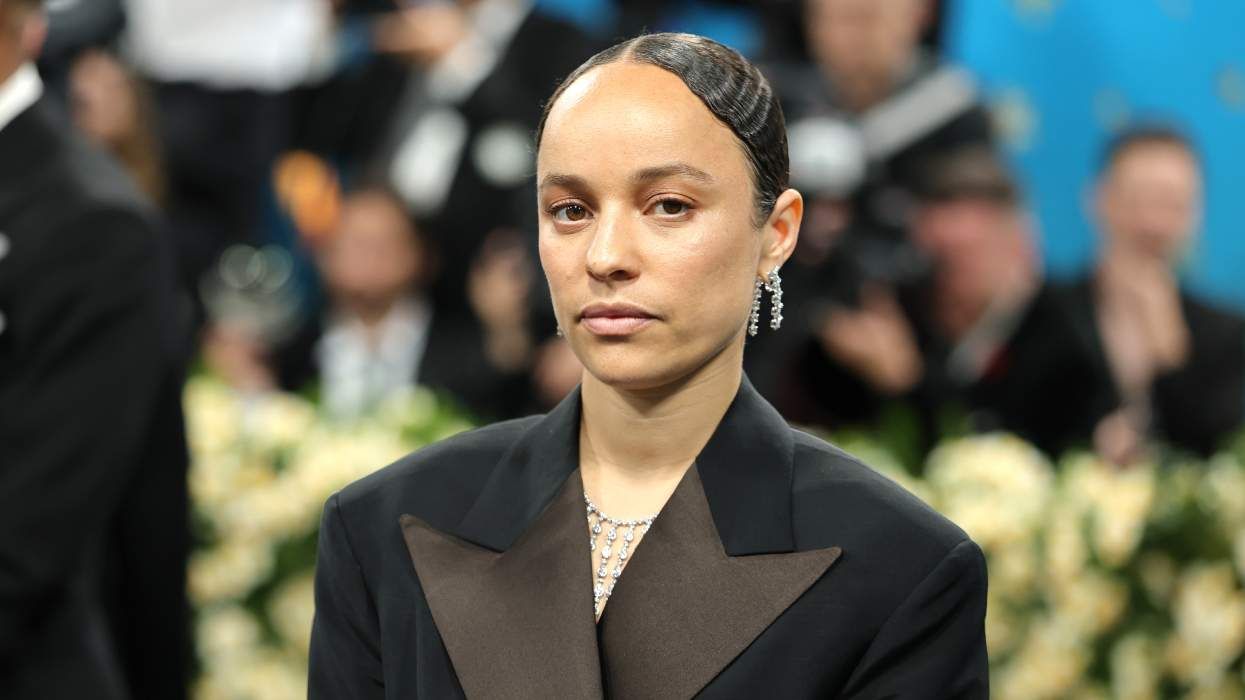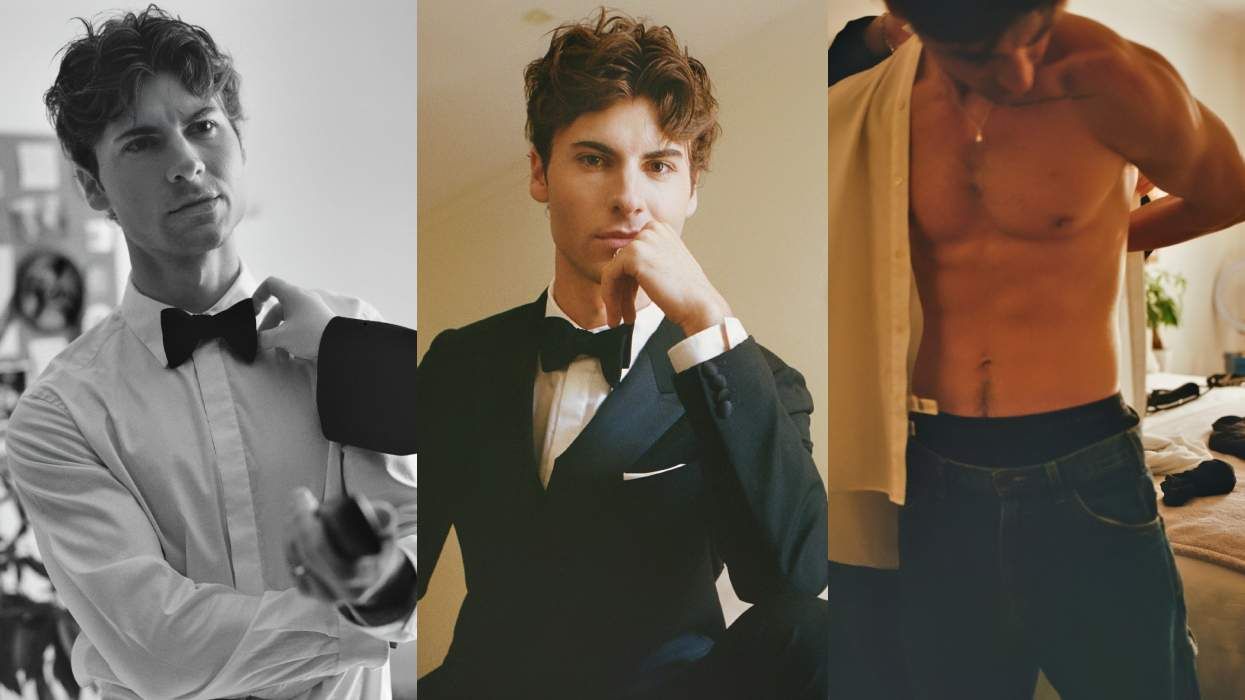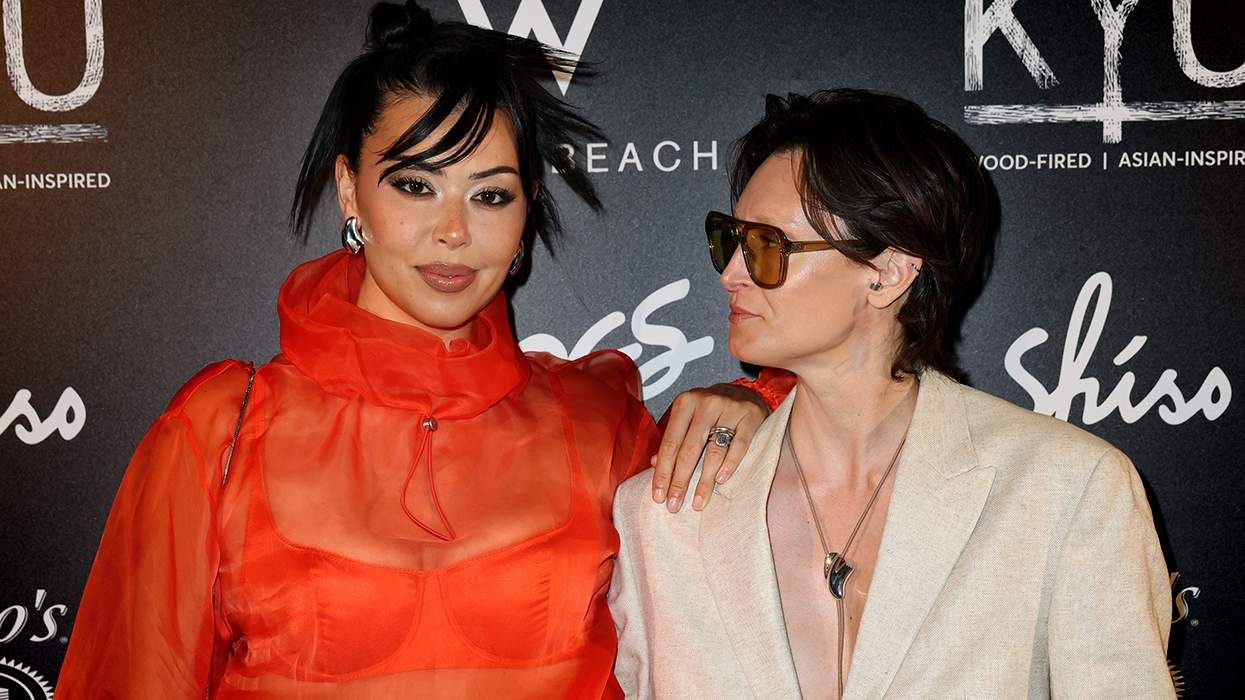For the last two-and-a-half years, I've been involved with the Netflix project, 7 Days Out. As a longtime editor, I think I'm always fascinated by the idea of good storytelling, but this series helped me bring fashion to life in a totally different way. Being an executive producer really allowed me to jump into the documentary world and be a part of the whole creative process from the ground up: We went through concepts, ideas, treatments, and even the edits, helping with every little detail. Of course, doing it all for Netflix in specific was fascinating because it really made us look at the entire project from a global perspective. Little moments, like seeing the trailer cut for the first time and getting our opening title sequence together, were aspects that made this passion project become more and more real.
While I'm obviously excited for everyone to see it for many reasons, I do think you will walk away learning something you didn't know or that you didn't even think you were interested in. The topics really span the gamut with everything from e-gaming and dogs to our special on the fashion house of Chanel. Trust me, you will be changed watching it all. We -- my fellow executive producer and director Andrew Rossi (The First Monday in May) as well as Andrew Fried and Dane Lillegard (Chef's Table) and even Holly Jacobs and Elyse Seder (Sony Studios) -- worked very hard to make sure the stories were told through very human perspectives in a way that we can all understand. We aren't just watching the paint dry on the walls; we're watching real people with real stakes.
Through the creation of our episode on Chanel, we filmed at the 31 Rue Cambon atelieres, where the label has been since its founding in 1918. While there, we came across a trove of information and little known facts about the iconic house. Here are a few of my favorite tidbits, some of which didn't make it into our final edit.
The Chanel couture "atelier" is actually composed of four different ateliers, with up to 50 seamstresses each working under a "premiere." Each atelier is used exclusively for the haute couture collection (they close when the brand focuses on ready-to-wear) and is named after its premiere: Josephine, Cecile, Olivia, Josette.
Each look in the couture show begins with a sketch from Karl Lagerfeld, the label's longtime creative director. Sketches are then assigned to a premiere who then assigns them to seamstresses. Seamstresses turn these sketches into a cotton toile "dummy version," for approval by Lagerfeld and Virginie Viard, his right hand. After approval, fabric will be decided on.
Fabrics have their own sort of "couture" element, also. While the actual clothing comes from ateliers, the fabrics and accessories are made by metiers that do everything from embroidery and treating fabric to creating shoes through sometimes centuries-old practices. Chanel began buying these workshops in the '80s in an effort to save their craft, and now they own them all. Today, these workshops manufacture products for Chanel, Dior and Valentino. Massaro, a metier that makes shoes that is owned by Chanel, has thousands of wooden shoe molds for special clients (including Lady Gaga).
Today there are less than 5,000 couture customers in the whole world -- which is understandable, since pieces can cost up to $250,000 and contain exclusivity rights (meaning, nobody will ever be wearing what you're wearing). As a couture client, there are multiple fittings (up to 5 for wedding dresses are possible) and if you shop often, you will have your own mannequin of your measurements at 31 Rue Cambon.
Fun fact: Some say that the label's iconic CC logo stands for Chanel and Capel, after Chanel's wartime lover, and not Coco, since she hated her nickname. Whatever the origin story, Coco herself never used the symbol, and it was only Lagerfeld who resurrected it when he became creative director in 1983 and dug it out of the archives.



